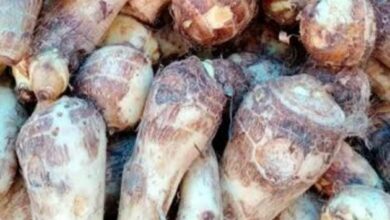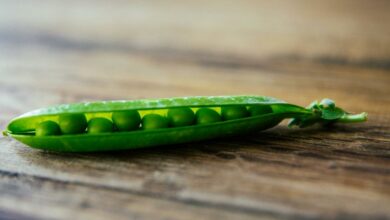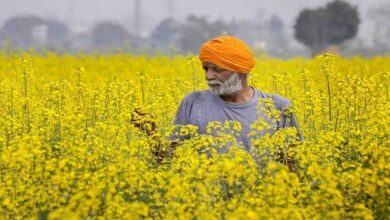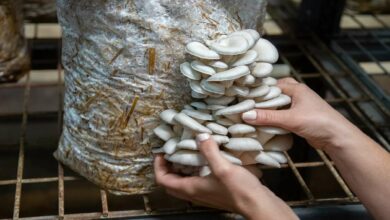Pea cultivation: Farmers should pay attention to these important things while sowing peas
Pea cultivation: November is said to be a good month to plant Rabi crops. The primary pulse crop grown by farmers nowadays is peas, in addition to wheat. While many farmers pick peas after they mature, growers may make a significant profit in a shorter amount of time by selling green peas. Pea crops may be produced at a very cheap cost by farmers, but there are a few key considerations that should be made before planting them.
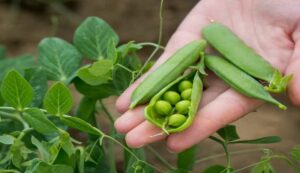
According to Dr. Nutan Verma, a plant protection disease specialist assigned to Krishi Vigyan Kendra Niyamatpur, pea crops may provide a healthy return for farmers at a reasonable cost. However, since wilt disease affects pea crops, it is crucial that farmers take the appropriate precautions while planting them.
As a result, the whole crop is often progressively destroyed, making it impossible for farmers to recoup their expenses. It is crucial that farmers only plant pea crops after treating the seeds and purifying the soil. In addition, attempt to plant the pea crop by creating a mound or bed on the top section of the ridge.
Use cow manure to do this task
Because of the fungus in the soil, wilt disease spreads. where the roots of the plants dry out. Before planting, the farmer should do soil studies. Mix 2 kilogram of Trichoderma with 35 to 40 kg of rotting cow dung and leave it in a shaded area for 10 days to conduct soil study. Then pour the whole mixture throughout the field and plant the pea crop.
How should the seed be handled?
Before planting any crop, it is crucial to treat the seed. Farmers should treat the pulse crop peas at the same time as they are being sown. Farmers may use 2.5 grams of carbendazim per kilogram of seed to cure the seeds. In addition, growers may treat the seeds by combining two grams of thiram with one gram of carbendazim. Wilt disease is avoided and improved seed germination is achieved by planting treated seeds in treated soil.


